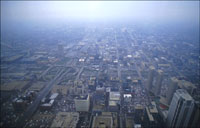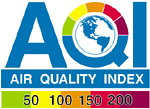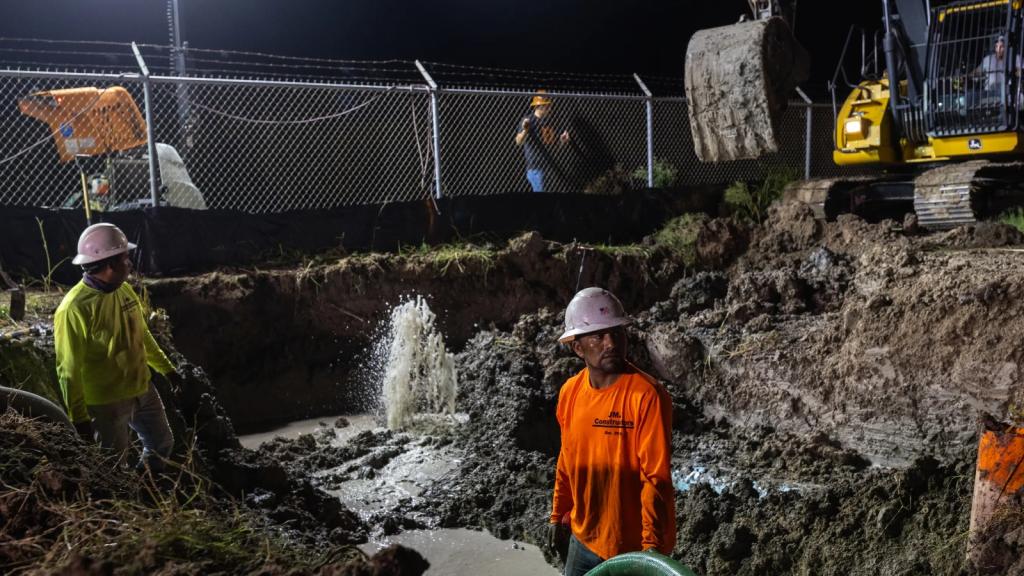Dear Umbra,
Where I live, the air is declared “unhealthful” on many days in the summer due to ground-level ozone pollution. On those days, we have to stay inside until after about 3 p.m. My question is: What causes ground-level ozone to form and what are its reported health effects on adults and children?
Dean
Bakersfield, Calif.
Dearest Dean,
Ground-level ozone is the unholy love child of fuel combustion and sunlight, and the best prevention technique is abstinence — from the combustion engine.

Smog-tied.
Volatile organic compounds and nitrogen oxides are byproducts of fuel combustion. On sunny, warm days, VOCs and NOx (poetic, isn’t it?) react with oxygen to produce ozone, a “secondary pollutant.” (Natural sources of VOCs and NOx also produce ground-level ozone, but in far smaller amounts.)
Up in the stratosphere, ozone is good for us; it’s the stuff that makes up the ozone layer, which protects us from dangerous ultraviolet light. (That is, when the layer isn’t riddled with holes.) But nearer to the ground in Bakersfield, it is the main component of smog, and it wreaks havoc on the lungs of the young, the athletic, the ill, the elderly, and others. As a respiratory irritant, ozone can aggravate asthma, accelerate the aging process of lung tissue, and cause headaches, burning eyes, shortness of breath, bronchitis, and perhaps emphysema.

Federal, state, and local regulations, including the Clean Air Act, specify acceptable levels of ozone. As you know, when the Air Quality Index is poor (red or purple on the little color chart), people are advised to stay indoors, cut down on car trips, and remain sedentary. (Be careful not to confuse the AQI color index with the Terrorist Alert color index, as a friend in D.C. did one anxious day.)
If there is a silver lining to the ozone-alert cloud, it’s that bad smog days frequently inspire public officials to suggest moderation in car use, a rare occurrence indeed. Poor air quality leads to immediate and discernable damage to society’s most susceptible members. It also leads to the cancellation of picnics on sunny summer days. Let’s hope it will also inspire people to support transportation alternatives that will clean up our air and our health.
Fuming,
Umbra


